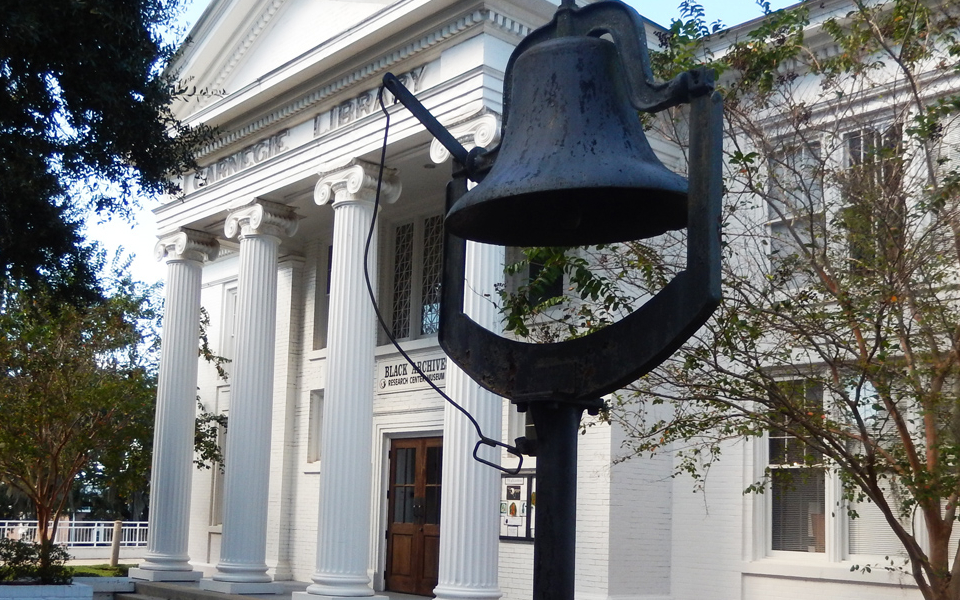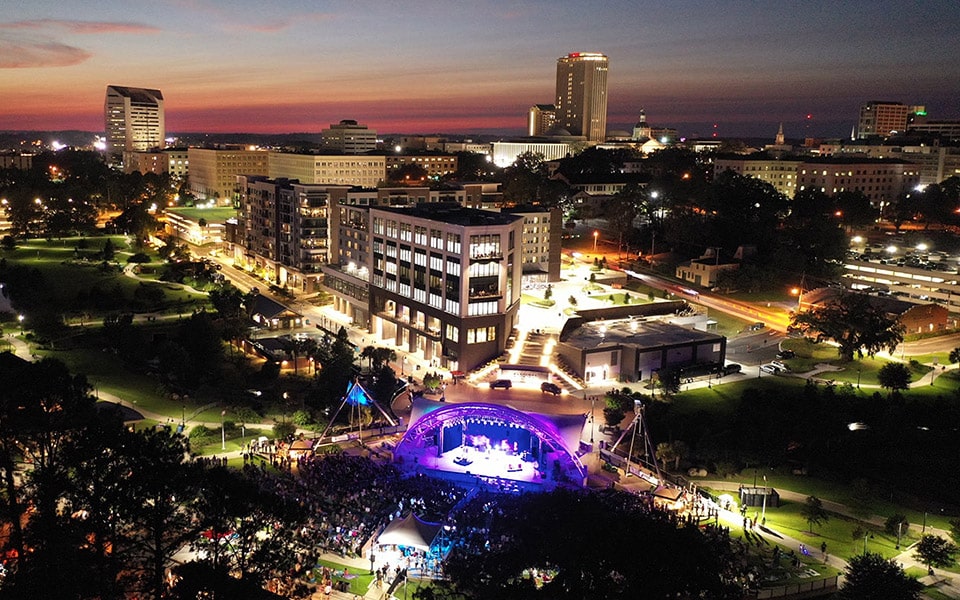
In the Spotlight: The Black Archives
Florida Agricultural and Mechanical University (FAMU) is a living testament to the rich history found in Florida’s Capital City. The Meek-Eaton Southeastern Regional Black Archives and Research Center, better known as the Black Archives, is housed in FAMU’s Carnegie Library building. It is here that black history is brought to life in front of our eyes.

The building itself is a model of that history. The Carnegie Library was gifted to Florida A&M University by Andrew Carnegie in 1908 and was the first library built on a black land-grant college campus. In 1971, when the Legislature mandated the creation of a repository of African American history, FAMU professor Dr. James Eaton took on the challenge and collected memorabilia highlighting the culture and contributions of Africans and their descendants in America. His work became the Black Archives, a home for colorful and complicated history.
Stepping into the Black Archives is stepping back in time. Depictions of black history and culture can be found in every room – each focusing on a specific moment. In the African Art Gallery, hand crafted folk art, traditional African masks, and sculptures line the walls. The museum then follows the Diaspora from Africa to America with the Slavery in the Old South Collection. Hundreds of artifacts, books, and maps bring to life lost voices of the slave trade and plantation life for enslaved African Americans in the south.

One of the archives’ most treasured collections is the Montague Collection. Donated by a FAMU alumni, the collection highlights the work of black creators and visionaries. The incredible inventory boasts letters from Booker T. Washington, signed postcards from Mary McLeod Bethune, and a rare chalk drawing by George Washington Carver. From the artistry of the Harlem Renaissance to the resilience of the civil rights movement, the Montague collection is one of the many gems awaiting visitors to the black archives.

But the history does not end there. Located steps from the Historic Capitol Museum, the Union Bank Museum hosts special exhibits from the Meek-Eaton archives. The bank was originally built by slave labor in 1841 and has been standing ever since. It is Florida’s oldest surviving bank building, reopened after the Civil War as the Freedom Savings and Trust Company for emancipated slaves. It currently holds the Buffalo Soldiers, Notable Black Floridians, and Scenes from Florida’s Civil Rights Experience exhibitions.
The Meek-Eaton Black Archives is one of only 10 black archives in the United States and one of the largest collections of black history in the Southeast. Each trip to the archives is guaranteed to reveal an in-depth, and honest look at history in the United States. Join the thousands of visitors from across the globe who visit the archives each year and dive into the rich history.


